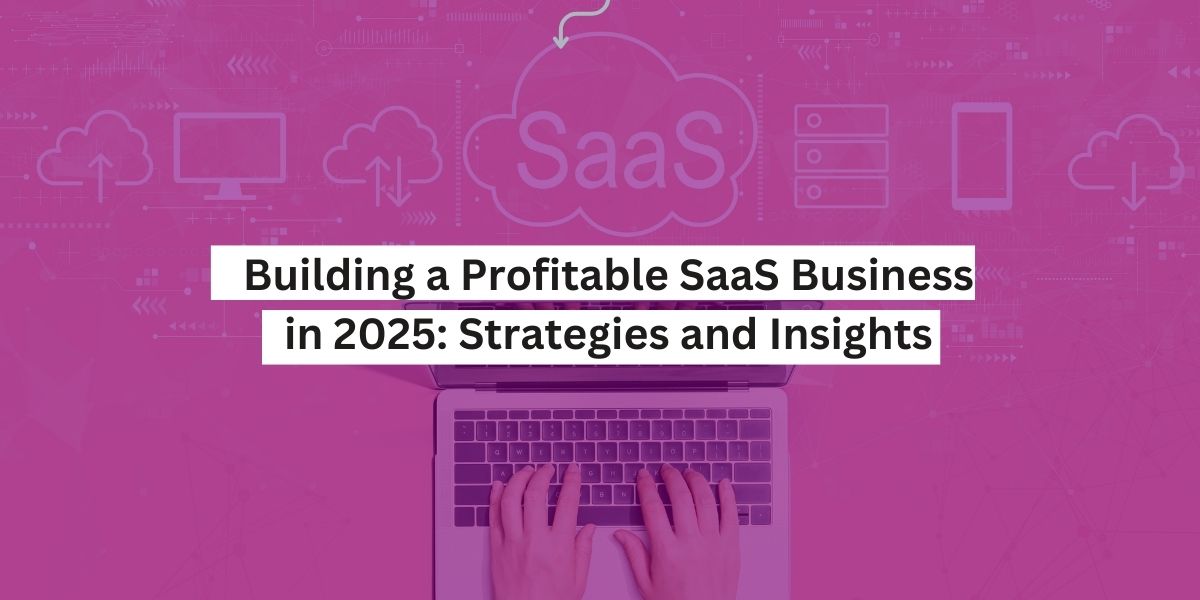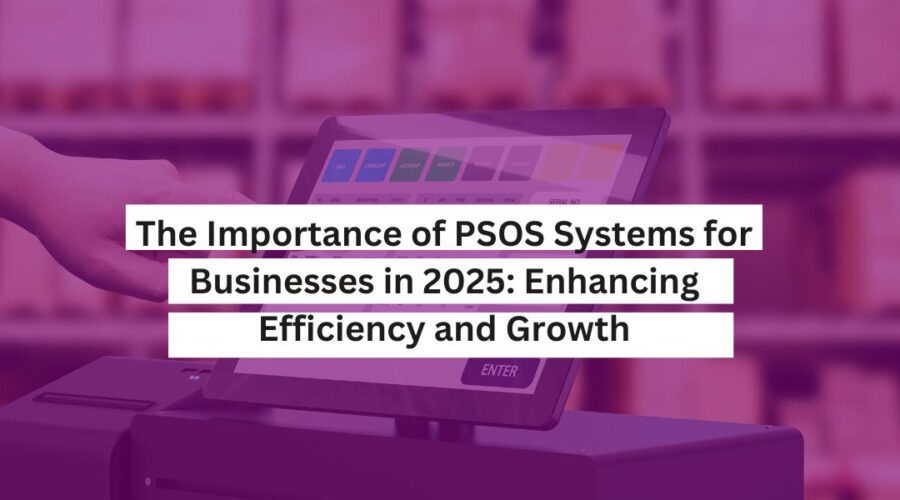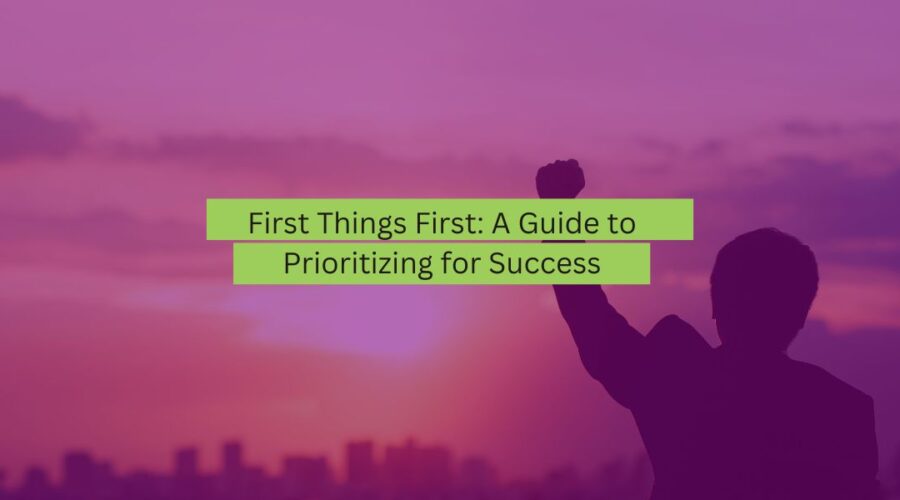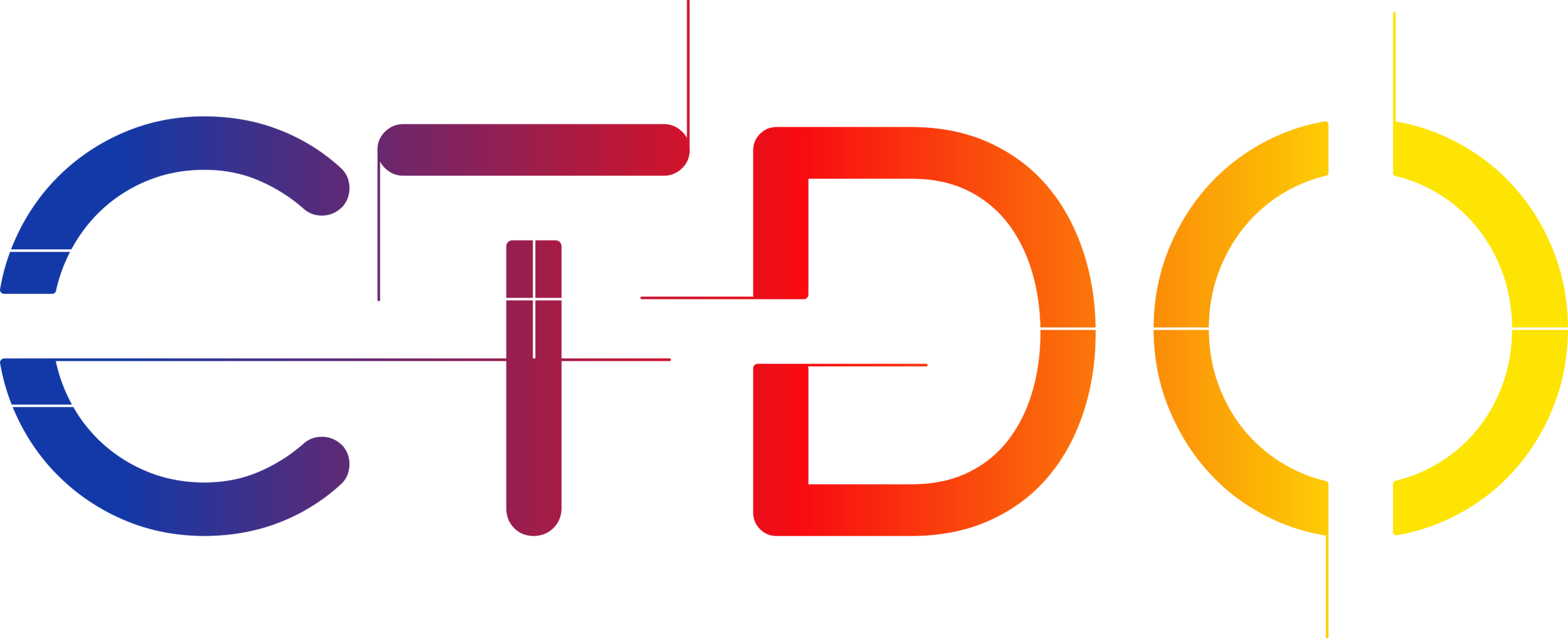The Software as a Service (SaaS) industry has experienced remarkable growth over the past decade, fundamentally transforming how businesses operate and deliver value. As we approach 2025, the SaaS market is projected to reach approximately $247 billion, up from $197 billion in 2023, underscoring its expanding influence across various sectors.
Understanding the SaaS Landscape in 2025
SaaS solutions have become integral to modern business operations, offering scalable, cost-effective, and easily deployable software applications over the internet. This model eliminates the need for extensive on-premises infrastructure, allowing businesses to focus on core competencies while leveraging advanced technologies.
By 2025, it’s anticipated that 85% of business applications will be SaaS-based, reflecting a significant shift from traditional software deployment methods.
Key Statistics Shaping the SaaS Industry
- Market Growth: The SaaS market is projected to reach $247 billion by 2024, indicating a robust growth trajectory.
- Adoption Rates: By the end of 2024, 99% of organizations are expected to use at least one SaaS application, highlighting near-universal adoption.
- Application Usage: Organizations utilize an average of 112 SaaS applications, demonstrating the extensive integration of SaaS solutions into business processes.
- Enterprise Utilization: Large enterprises with over 10,000 employees use an average of 447 SaaS applications, emphasizing the scalability and versatility of SaaS solutions.
Strategies for Building a Profitable SaaS Business in 2025
- Identify a Niche MarketFocusing on a specific market segment allows for tailored solutions that address unique pain points, leading to a more engaged and loyal customer base. Micro-SaaS businesses, which target niche markets with specialized solutions, are particularly poised for success.
- Develop a Minimum Viable Product (MVP)Launching an MVP enables businesses to test core functionalities with early adopters, gather feedback, and iterate based on real user experiences. This approach minimizes initial development costs and reduces time to market.
- Implement Effective Pricing StrategiesPricing is a critical factor in a SaaS business’s profitability. Adopting value-based pricing, where prices are aligned with the perceived value to the customer, can enhance revenue. Additionally, offering tiered pricing models caters to different customer segments and needs.
- Focus on Customer Acquisition and Retention
- Acquisition: Utilize digital marketing strategies such as content marketing, search engine optimization (SEO), and pay-per-click (PPC) advertising to attract potential customers. On average, SaaS companies allocate between $342,000 and $1,090,000 annually on content marketing to drive growth.
- Retention: Implement customer success initiatives to ensure users derive maximum value from the product, thereby reducing churn rates. Data indicates that businesses with revenue exceeding $10 million experience a churn rate of 8.5%, while those with revenue less than $10 million may have churn rates of 20% or higher.
- Leverage Artificial Intelligence (AI) and AutomationIntegrating AI and automation into SaaS offerings enhances functionality and user experience. It’s predicted that 64% of SaaS management tasks will be automated within the next three years, streamlining operations and reducing costs.
- Monitor Key Performance Indicators (KPIs)Regularly tracking KPIs such as Monthly Recurring Revenue (MRR), Customer Acquisition Cost (CAC), Customer Lifetime Value (CLV), and churn rate provides insights into business health and informs strategic decisions.
- Ensure Scalability and SecurityDesigning the SaaS architecture to scale seamlessly with user growth is essential. Additionally, implementing robust security measures builds trust and complies with regulatory standards, which is crucial for customer retention and brand reputation.
Emerging Trends in the SaaS Industry
- AI Integration: The incorporation of AI into SaaS platforms is enhancing capabilities such as predictive analytics, personalized user experiences, and intelligent automation. This trend is expected to continue, with AI-driven SaaS solutions becoming more prevalent.
- Vertical SaaS: Solutions tailored to specific industries (e.g., healthcare, finance) are gaining traction, offering specialized functionalities that address industry-specific challenges.
- Mobile-First Solutions: With the increasing reliance on mobile devices, SaaS providers are prioritizing mobile accessibility to meet user expectations for on-the-go access.
- Enhanced Collaboration Tools: The rise of remote and hybrid work models has led to increased demand for SaaS applications that facilitate seamless collaboration and communication among distributed teams.
Challenges and Considerations
- Market Saturation: As the SaaS market becomes more crowded, differentiating offerings and maintaining a competitive edge require continuous innovation and a deep understanding of customer needs.
- Data Privacy Regulations: Compliance with data protection laws, such as the General Data Protection Regulation (GDPR), is mandatory. Non-compliance can result in significant fines and damage to reputation.
- Economic Factors: Fluctuations in the global economy can impact customer spending behaviors, influencing SaaS adoption rates and necessitating adaptable business strategies.
Conclusion
The SaaS industry in 2025 presents substantial opportunities for profitability and growth. By focusing on niche markets.








